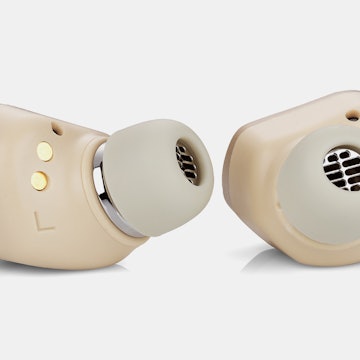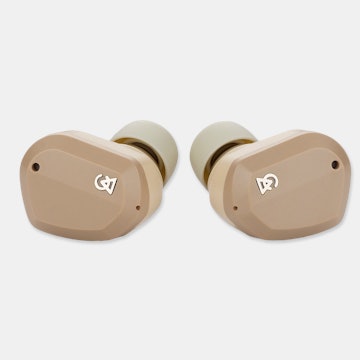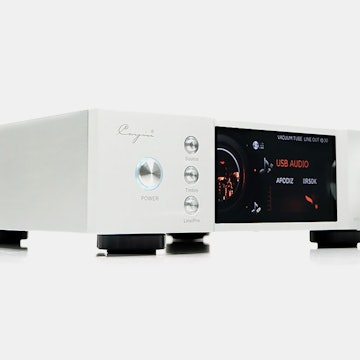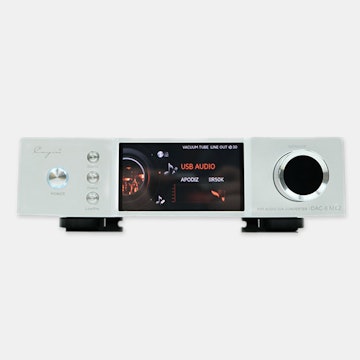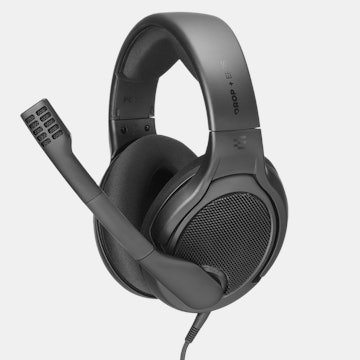Click to view our Accessibility Statement or contact us with accessibility-related questions




Showing 1 of 94 conversations about:
Ronak
22
Mar 28, 2021
bookmark_border
I am not a really big audiophile, I am from the keeb side, but I am an EE if that helps, so can someone explain why this amplifier is worth so much? Is it just mainly exclusivity?
JWahl
40
Mar 28, 2021
bookmark_border
RonakI'm a former electronics technician and in my senior year of an EE degree. It's mostly an exclusivity thing. On the other hand, quality tube amps tend to be more expensive in general because quality output transformers are a very pricey and low-volume part compared to every other electronics component out there. Many tube amps are also constructed using labor-intensive point-to-point wiring, rather than efficient PCB design. So it's a combination of exclusivity and inherently cost-inefficient design. Then, a lot of audio gear is priced as high as the market will bear, and due to increasing wealth and income inequality, there is a small portion of customers willing to pay increasingly higher prices based on their perception of value and deflated perception of the value of money.
The prices for items like this will continue to remain exorbitant while there are people willing to pay these prices. That's why "worth it" is a strange thing. This is not worth it, to me, and how I value money. At the same time, I have about $2,500 spent into my entire personal audio setup, and It's worth it to me based on the value of the enjoyment it provides. There are others who wouldn't (or realistically can't) spend more then maybe a few hundred on a total setup, and that's ok too. It's a combination of how a person values money, and how they value experiences.
(Edited)

manleylabs
317
Manley Laboratories
Mar 31, 2021
bookmark_border
RonakHi Ronak, That's a common question and one I fight myself! With low-ish production quantities (compared to mass consumer audio brands), boutique-style, Made in America by tenured employees in So Cal, most with over 10, 15, 20, 25, and 30+ years experience, audio gear that is sold through world-wide distribution channels (not-direct), you can start to add up higher costs compared to no-name imported audio equipment you might find on Wish.com. 🥺
Add to that in-house engineering (this product was 3 years in development designing the circuit, prototyping output transformers, programming the encoders/relays/LEDs/functionality code, going through testing compliance, etc), and a pricey BOM (Bill of Materials) with all those controls, controllability, and yes, costly and fussy American metalwork, and no, the end result is not cheap at all to produce. I wish I could make this product less expensively. Not this design.
In the future I would like to take this basic circuit down to the bones, eliminate many of the costly features, install it in a more forgiving and plain chassis, and offer it for much less $$$. The retail price of that future product will carry a lower price that is the direct result of the lower build cost multiplied by the exact same low number that all our gear gets priced off of. It's a humble multiplier less than many of my manufacturing peers.
Exclusivity is not a concept I even think about with my gear. I would love everybody to own my gear. I do strive to offer good value for money in the costing to MSRP pricing factor, and I do recognize that when you aren't involved in American boutique manufacturing that you might not appreciate not just what goes on on a BOM callout, but running the whole company, for decades. We live in the middle range of the audiophile world. There are so many audiophile brands out there that abuse that cost-to-retail multiplier on an obscene level. But that's not my problem or concern what they do with their companies. We're rockin' over here and working our asses off!
JWahl
40
Apr 2, 2021
bookmark_border
manleylabsWell said. Don't get me wrong, I'd love to own one of these (or at least try it); I actually followed it since it was first announced by Todd of TTVJ Audio a few years ago. I like that it's a more modern take on tube-amplifier design. It's just for where I'm at in life right now, I can't justify it. I historically prefer well designed tube or tube-hybrid amplifiers, but right now I'm using a Burson Soloist 3X (solid state) with similarly uses a stepped volume control (Muses IC) and a high-quality switching supply. In the past I've owned a Trafomatic Head 2, Eddie Current Super 7, and DIY ECP Torpedo 3 (hybrid).
As you alluded to in a previous post, the consumer perception of linear power supplies versus switching is a difficult one to change. Putzeys certainly knows his stuff in that regard. I think that a well designed switching supply can be technically superior to a linear one simply because it is more efficient at delivering instantaneous current. The exception being extremely large linear power supplies which is $$$ and space. I am of the philosophy that a power supply should seek to deliver current as quickly and linearly as possible with inaudibly low noise, so I'd much rather see this than a saggy tube rectifier like is often used in high-end tube amps. I'm not one that likes tube amps with high (deliberate) distortion characteristics, but I find that technically well designed ones have a certain ease and holography to the sound.
Also another suggestion. Depending on production demand, maybe it would be wise to have a review loaner go out to some trusted reviewers in the Head-Fi community. (Shameless plug): I've done a few loaner reviews on Head-Fi under the same handle and would be more than happy to volunteer ;)
EDIT: I just checked the forum and saw that Todd did a loaner for this about 2 years ago. Too bad I missed it. I participated in one of his loaners for the HE-1000 V1 several years ago. Great guy.
(Edited)

MechEng
345
May 14, 2021
bookmark_border
JWahlBuy a La Figaro 339i, hand wired point to point, you will be happy.



